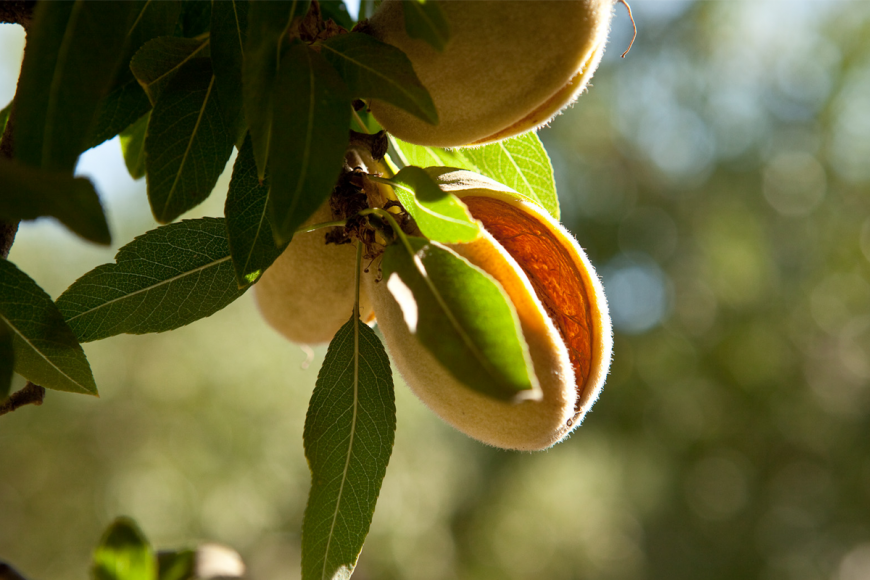
Posted on : February 26th, 2019

Here at Maisie Jane’s we believe in using every part of the almonds we harvest. Did you know that almond orchards actually produce four different coproducts? There’s the kernels we eat, the almond hulls (frequently used to feed livestock), the shells (used for livestock bedding and as a fuel source) and the trees themselves when they are recycled at the end of their productive lives. The Almond Board of California has been funding research into all kinds of interesting new uses, too. Some are quite odd, and yet also quite wonderful. Let’s look at three of the most recent ones.
Recycling plastic is a key component of creating a sustainable and less fossil-fuel dependent planet. However, these materials raise specific challenges due to the degradation they go through over the course of their lifespans and in processing. A variety of reinforcing fillers are used to address these issues. The Almond Board funded a study to determine if almond shells could be used for this purpose. It was found that when the shells are first transformed into a charcoal-like powder through a process known as torrefaction, they can be used both as a plastic strengthening agent and as a colorant. They also have advantages over industrial fillers including a potentially lower cost, lower density, lower abrasiveness to equipment, reduced energy consumption, lower health risks, renewability, recyclability, biodegradability, and reduced landfill space. Read more about this study here.
Did you know that insect farming has become a “thing”? It’s true. Because of concerns about climate change and the potential impact on food security, some promising research has been done in the area of using insects as food. This is not yet so much for humans (although crickets have their fans) but more likely as animal feed. After all, fish and many mammals like to eat a variety of insects already. My cat Pipa would do the most amazing acrobatics in order to catch her favorite moth and dragon fly snacks!
Almonds have sugary, fibrous hulls that are already used to feed animals large and small. This research project at UC Davis found that the hulls could be used for raising black soldier fly larvae that can then be used as a feedstock for poultry and aquaculture. Related research about soldier flies is being done here in Chico at the Chico State Farm. The reason scientists are interested in this is because the flies produce large numbers of larvae that grow large quite quickly without the potential harm of becoming pests. They are high in protein, digestible fat, calcium and iron and may be much cheaper and easier to use as animal feed than the current alternatives.
After the sugars are removed for other uses–such as cider, tea and the fermentation of beer–the remaining hulls might serve as a growing medium for commercial mushrooms. Preliminary results show several benefits including optimal water absorption and increased yields. Sounds like a good deal to me!
Almond coproducts are an interesting field that is growing all the time. Who knows what the future will bring?
Maisie Jane’s California Sunshine Products, Inc. was founded on strong beliefs and passion for offering unique, flavorful, top-quality, nut products. We strongly believe in earth-friendly practices that start on our family owned and operated orchards. We use Organic farming practices and continue in the process by using all-natural ingredients with no preservatives or GMOs. We believe in honest, friendly and helpful customer relations at all levels. We take pride in every task, every day, with every person.